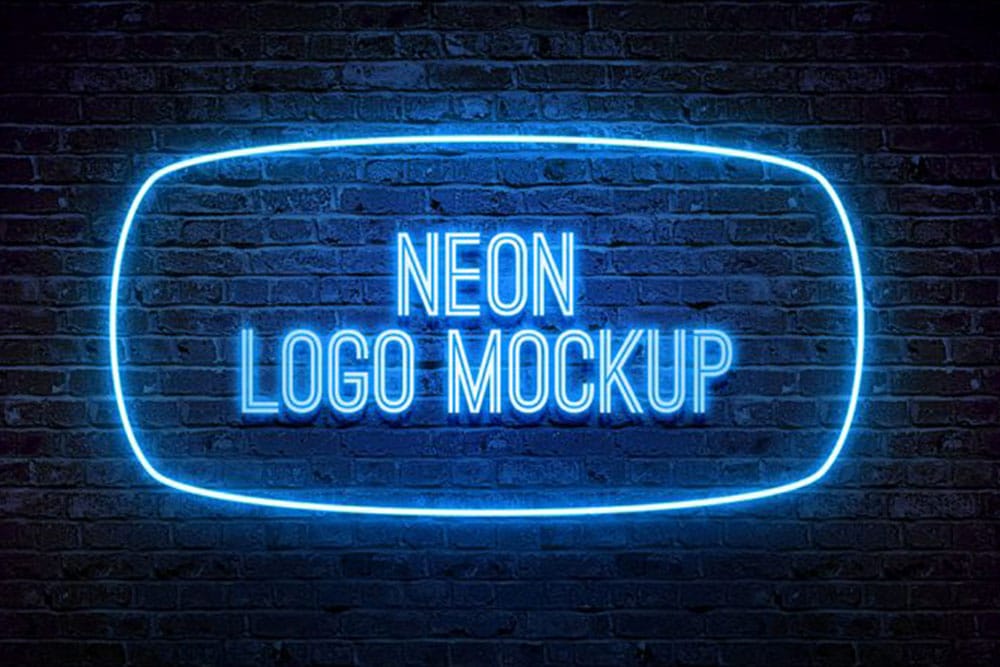
The Macintosh 512 KB, nicknamed "Fat Mac," was introduced in September 1984. The first Macintosh had only 128K RAM, and users quickly found this insufficient. Apple's version of the mouse had a single button, which became an Apple standard. They could also execute functions like saving, moving, or deleting files by clicking and dragging the icons around the screen with a pointing device called a mouse. Instead of typing out names of programs on command lines, users with a GUI could click "icons," or pictures that represented the programs they wanted to run. Apple proved far more successful when it introduced the Macintosh in January 1984, with a splashy television advertisement during the Superbowl. The idea had originated at Xerox's Palo Alto Research Center in the 1970s, but Xerox was slow to commercialize it. Throughout the years, a number of models were sold, with the most popular model remaining relatively little changed into the 1990s.The Apple Macintosh introduced a graphic user interface (GUI) to the Apple line of computers. Introduced at the West Coast Computer Faire on April 16, 1977, the Apple II was among the first successful personal computers it launched the Apple company into a successful business (and allowed several related companies to start). In terms of ease of use, features and expandability the Apple II was a major technological advancement over its predecessor, the Apple I, a limited-production bare circuit board computer for electronics hobbyists that pioneered many features that made the Apple II a commercial success.

The Apple II series (trademarked with square brackets as "Apple ][" and rendered on later models as "Apple //") is a set of home computers, one of the first highly successful mass-produced microcomputer products, designed primarily by Steve Wozniak, manufactured by Apple Computer (now Apple Inc.) and introduced in 1977 with the original Apple II.


 0 kommentar(er)
0 kommentar(er)
